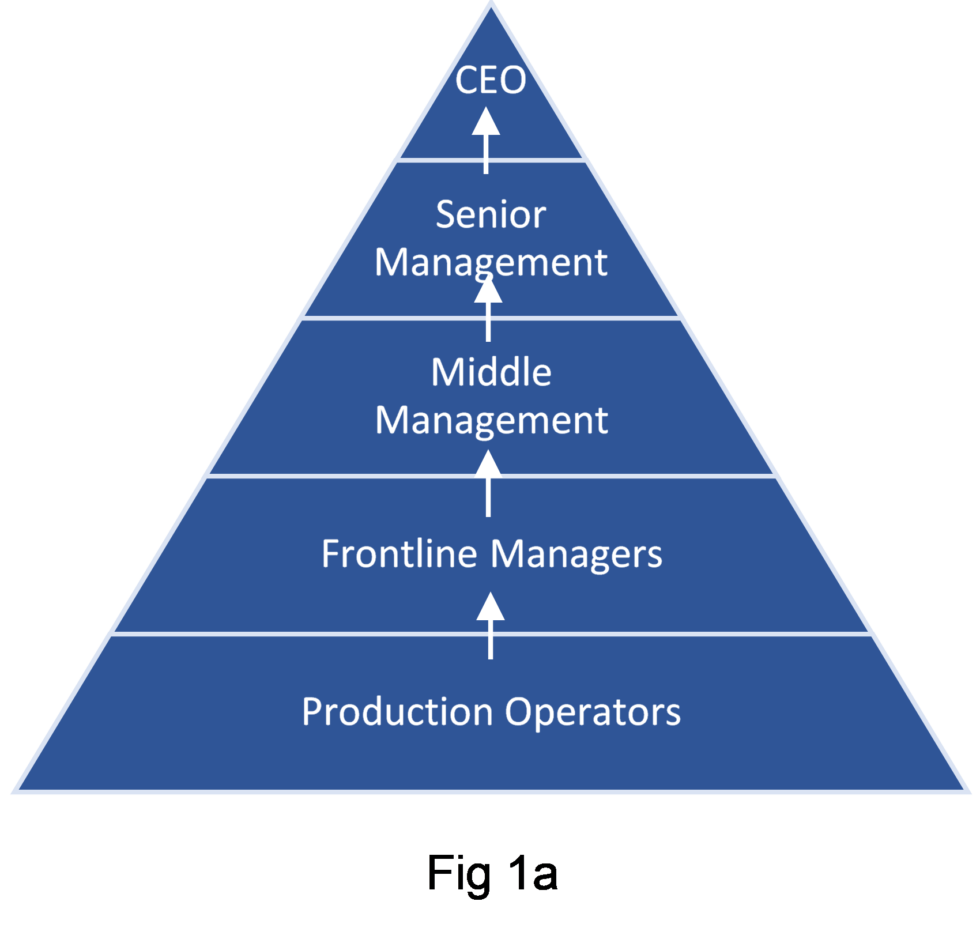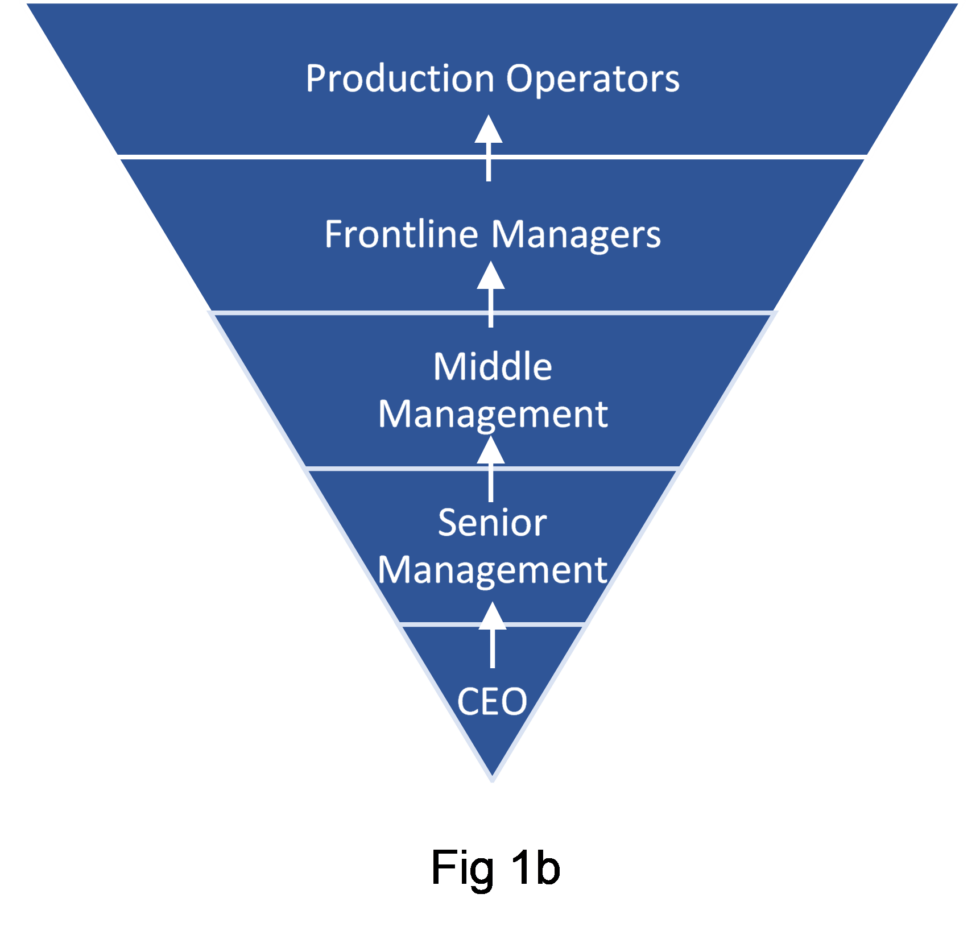Given the right tools and support, manufacturing frontline workers can transform your operations and bring new levels of productivity and efficiency to your production floor

The first thing that springs to mind for many people when they think of manufacturing is hi-tech equipment and precision fixturing. In some highly automated environments, equipment can largely run themselves, but in manual production environments, high skilled workers are required to set up and run the machines and to operate the fixturing.
In these manual, labour-intensive production environments, a cross-functional team is necessary to ensure that products are manufactured on time, to the required quality level and within budget. The information they use to make decisions and their ability to work as a team is critical to how effectively and efficiently the manufacturing floor operates. But who makes up the manufacturing frontline team and what can be done to ensure that they perform at their peak?
The most critical members of the team are the production operators. Without them there is no product, there are no sales, there is no revenue. They are responsible for manufacturing, inspecting and packaging the products that the company sells. They are directly supported by team leads and supervisors who are mainly responsible for ensuring that they have the tools, materials and information that they need to do their job effectively. Process technicians and engineers are there to ensure that the equipment, fixturing and materials operate as intended. While quality technicians and engineers ensure that everything is produced to the required quality and regulatory standards.
There are many things that can go wrong throughout the production shift. That’s normal, that’s life. But how the team responds to these issues can have a huge bearing on how the manufacturing floor operates. Here are 5 ways that middle and senior management can help their manufacturing frontline teams to hum like a finely tuned premier league football team.
1. Switch the mindset of who serves who

The traditional structure in an organisation shows the CEO at the top and the production operators at the bottom, as in figure 1a. Each line of the organisation reports upwards to the next level. This can create the cultural mindset that each layer of the organisation is working for the next layer up, rather than working together to serve customers better. This can have negative consequences in terms of driving improvement where it matters most; on the manufacturing floor.

Now let’s imagine an organisation with the production operators at the top and the CEO at the bottom, as in figure 1b. In this structure, the CEO has the mindset to ask how he or she can help the senior management, who in turn ask how they can support middle management and so on. In effect, everybody is working together to figure out how to streamline all of the processes that affect manufacturing across the entire organisation. This can have huge, positive effects on how the manufacturing floor is run, by constantly looking for opportunities to remove the barriers that are causing inefficiencies on the manufacturing floor.
2. Give the production operators a voice
Production operators live and breathe the problems on the manufacturing floor every day. And not only that, they are a wealth of knowledge when it comes to potential solutions. Okay, so they may not have the expertise to implement solutions alone, but very often there is an abundance of opportunity to implement simple solutions that they can take ownership for. Hear their voice and include them in decision making and they will feel ownership for turning those decisions and improvement opportunities into sustainable successes.
3. Base decisions on good data

W. Edwards Deming once said “without data you’re just another person with an opinion”. And this couldn’t be more relevant than on the manufacturing floor. In manual production environments, operators are required to track manufacturing performance, often using basic tools like tally counters, checksheets and whiteboards. With these tools, it is difficult to get an accurate, real-time picture of how things are going and where the biggest issues lie. As a result poor decisions are made or valuable time is lost in addressing the biggest issues of the day. The impact of this is lower productivity, late shipments and higher costs. To improve decision making and deliver better outcomes, consider investing in digital solutions that will help to…
- Capture much more accurate performance data
- Present the data in real-time without any effort from the frontline team
- Teach everybody how to interpret and respond to the information day-to-day
4. Have daily production meetings with a set structure and time
Okay, so a lot of manufacturing plants have a daily cadence around meetings. But how structured are they and, more importantly, how effective are they? The questions that are asked, the quality of the data being reviewed and the mindset that everybody should leave the meeting with a clear understanding of priorities are all critical to a successful meeting. Throw in some rules like starting and finishing on time and avoiding deep discussions and you are on track to start every shift off on the right note. We’ll talk a lot more about how to run effective daily production meetings in a future blog.
5. Encourage issues to be highlighted

Nobody likes hearing bad news, but it’s inevitable on the manufacturing floor. Accepting this is key. Manufacturing performance data should not be seen as a stick to beat the frontline team with. If the first response to hearing about an issue is to look for a culprit, then don’t be surprised if you create a culture of cover up and fear. Very few people set out to willingly make a mistake, so killing enthusiasm and desire with negative comments is a sure way to de-motivate an otherwise high performing frontline team.
Instead, focus on the positives. Even if the assembly line has an off day, focus on what can be done to improve things in the days ahead. See the “negative trend” as a tool that highlights improvement opportunities. By encouraging the frontline team to identify and quantify issues as early as possible, this will help to drive an open and honest culture of highlighting issues without fear of consequence, which will foster a stronger culture of improvement in the long run
If you want to create more rounded and loyal frontline managers, invest time and effort in helping them to grow. This will foster a culture of honesty, empowerment, positivity and willingness to improve. Ultimately you will create a world class frontline manufacturing team.

Anthony Cahill has over twenty years’ experience in various roles within the manufacturing sector. He has primarily worked in manufacturing operations that rely on people working with their hands, fixtures and semi-automated equipment to produce discrete goods across a range of industry types. With a background in lean manufacturing and six sigma principles, he has a passion for looking at challenging manufacturing environments and working with cross-functional teams to transform them into safer and more efficient work spaces for all concerned.
